How to upgrade or downgrade the firmware of Omada Controller
OC200 , OC300 , Omada Software Controller( V5 )
Recent updates may have expanded access to feature(s) discussed in this FAQ. Visit your product's support page, select the correct hardware version for your device, and check either the Datasheet or the firmware section for the latest improvements added to your product. Please note that product availability varies by region, and certain models may not be available in your region.
This Article Applies: Omada SDN Controller v5.8 or above.
Notice:
- After you downloaded the firmware from TP-Link website, please use decompression software, such as WinZip or WinRAR to extract the firmware file to a folder;
- Do NOT turn off the power or cut down the Ethernet cable during the upgrade process;
- It is recommended to upgrade the firmware via Ethernet cable connection but not wireless connection;
- It is recommended to back up the current settings so you can restore the settings manually after the upgrade.
Upgrading the Hardware Controller
There are two methods to upgrade the firmware:
1. Upgrade firmware locally.
2. Upgrade firmware in the cloud.
Preparation:
1. Please verify the product model and the hardware version of your device from the label on the bottom of the device to make sure you are using the correct firmware. Wrong firmware upgrading may damage your device and void the warranty.
2. Find and download the corresponding firmware according to the model number and hardware version from the TP-LINK official website https://support.omadanetworks.com/en/download/firmware/ And then extract the bin file.
Method 1. Upgrade firmware locally.
Please go to Global view--- system settings to click Check for upgrade or manually upgrade it.
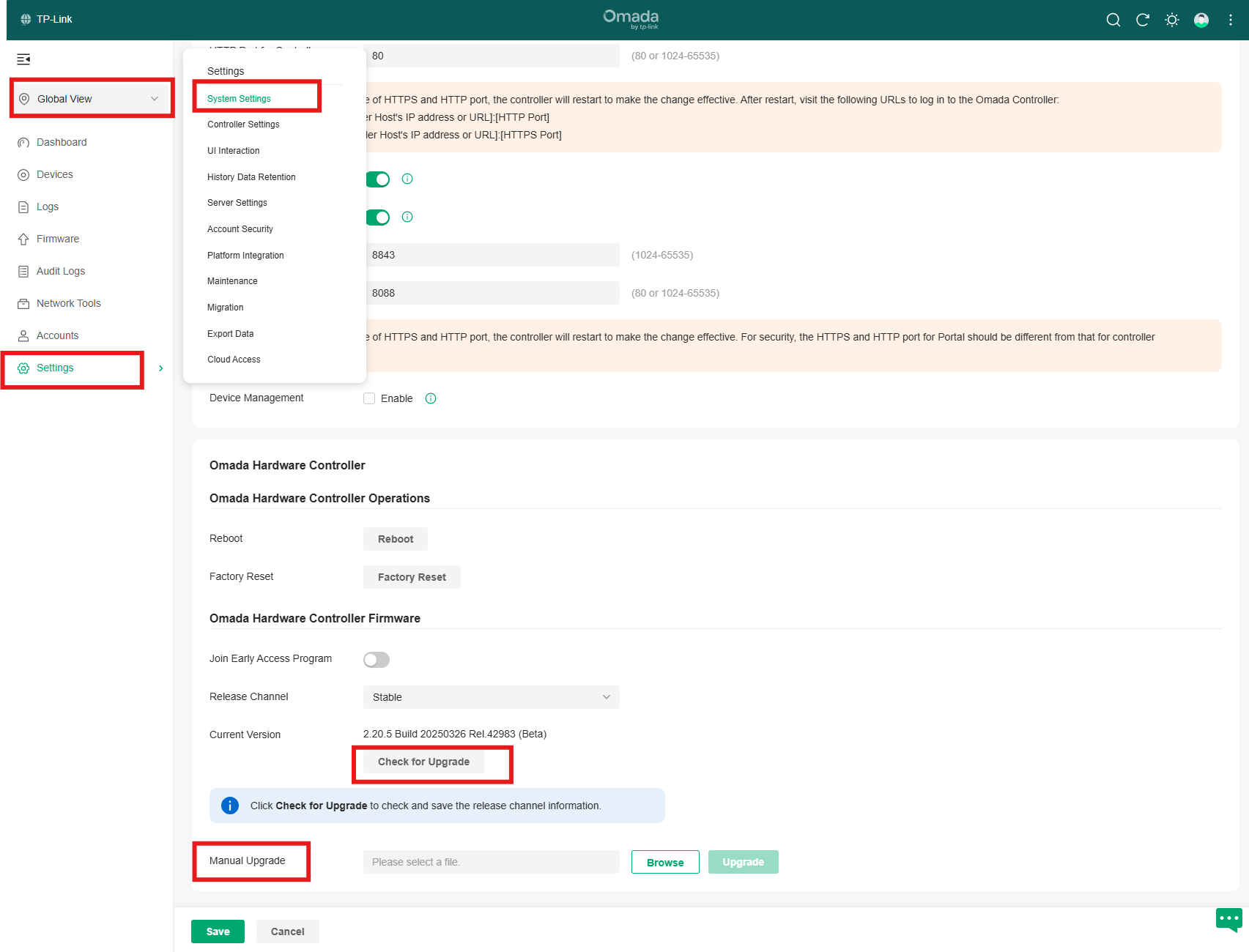
Method 2. Upgrade firmware in the cloud.
You can go to Global View—System Settings to click Check for upgrade to upgrade the firmware of controller in the cloud.
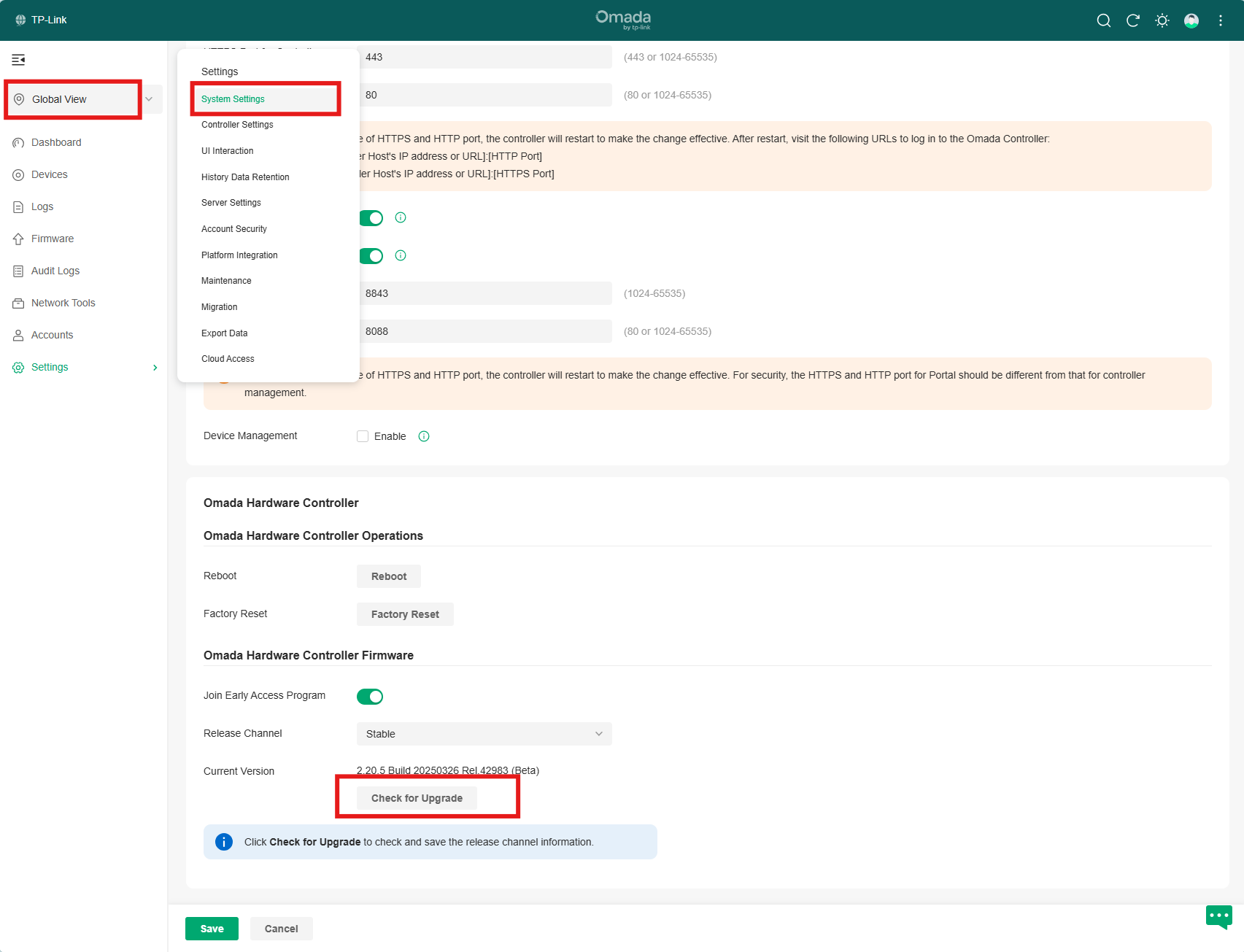
Note:
1.It will take about 6-8 minutes to finish the firmware upgrade process, and the controller will be offline for a while.
2. By joining in Early Access Program, you can try out the latest features with the firmware in the Beta and Release Candidate channels. Please use these firmwares with caution since it may be unstable.
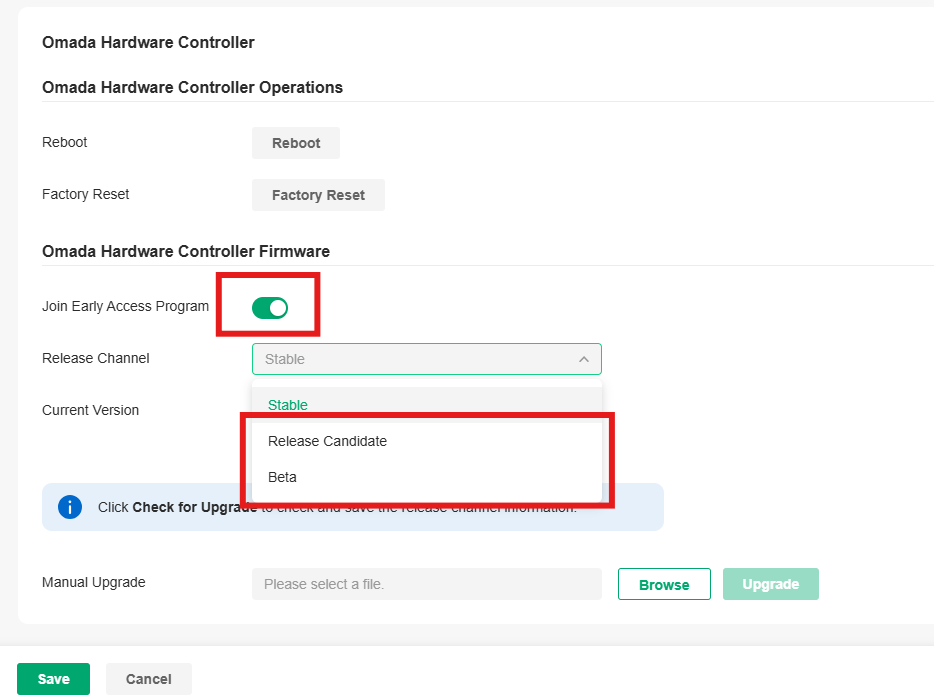
Downgrading the Hardware Controller
We can only downgrade the firmware on the controller locally and manually, because the Hardware Controller Section (see image below) will not show up if you use the cloud website to log in.
- Navigate to Global view → System Settings, then look for the Manual Upgrade option.
- Use the Browse button to locate the extracted bin file, then click Upgrade.
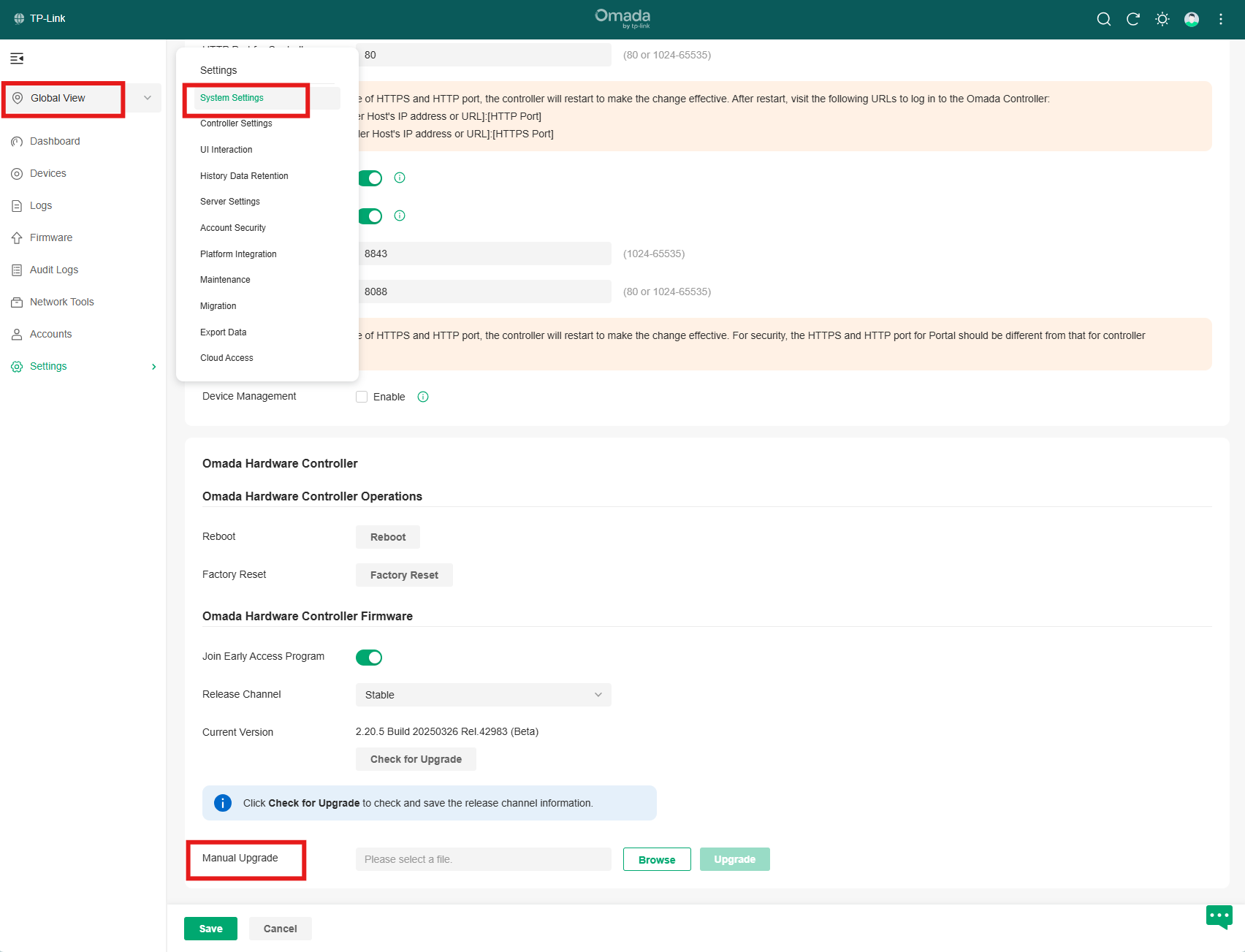
Upgrading the Software Controller
Navigate to Global View → System Settings, then click on Check for Updates to upgrade the firmware via the local or cloud.
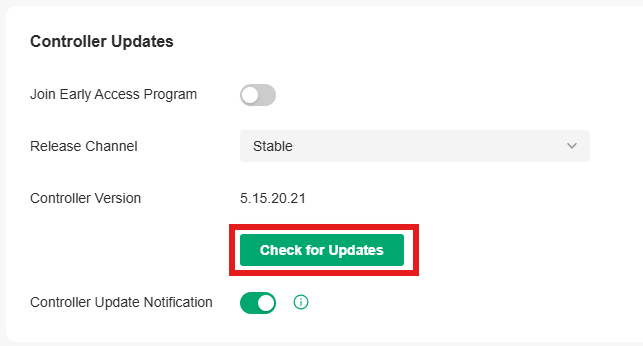
Another way to upgrade the Controller is to receive the Cloud Push, the official will cloud push the latest firmware once they have a new release.

Downgrading the Software Controller
- Back up the current settings of the controller
- Total Uninstall the Software Controller and Do Not save the User Data

- Find and download the corresponding firmware from the TP-LINK official website https://www.tp-link.com/support/download/. Then, extract the bin file.
- Finish the Installation Wizard.
Note: Downgrading involves a total reset process. While it is not possible to restore a file that was backed up in a previous version of the Controller after downgrading to a lower version, it is still highly recommended keeping a backup file for every firmware version.
Now if you have a previous backup file from an earlier version of the Controller, you can restore it directly to the current version. However, if you do not have a backup file from any previous version, you need to Re-configure the Controller.
Related FAQs
Câu hỏi thường gặp này có hữu ích không?
Phản hồi của bạn giúp cải thiện trang web này.
Mối quan tâm của bạn với bài viết này là gì?
- Không hài lòng với sản phẩm
- Quá phức tạp
- Tiêu đề khó hiểu
- Không áp dụng cho tôi
- Quá mơ hồ
- Khác
Cảm ơn
Chúng tôi đánh giá cao phản hồi của bạn.
Nhấp vàođây để liên hệ với bộ phận hỗ trợ kỹ thuật của TP-Link.
This website uses cookies to improve website navigation, analyze online activities and have the best possible user experience on our website. You can object to the use of cookies at any time. You can find more information in our privacy policy . Don’t show again
This website uses cookies to improve website navigation, analyze online activities and have the best possible user experience on our website. You can object to the use of cookies at any time. You can find more information in our privacy policy . Don’t show again
Basic Cookies
Những cookie này cần thiết để trang web hoạt động và không thể tắt trong hệ thống của bạn.
TP-Link
accepted_local_switcher, tp_privacy_base, tp_privacy_marketing, tp_smb-select-product_scence, tp_smb-select-product_scenceSimple, tp_smb-select-product_userChoice, tp_smb-select-product_userChoiceSimple, tp_smb-select-product_userInfo, tp_smb-select-product_userInfoSimple, tp_top-banner, tp_popup-bottom, tp_popup-center, tp_popup-right-middle, tp_popup-right-bottom, tp_productCategoryType
Livechat
__livechat, __lc2_cid, __lc2_cst, __lc_cid, __lc_cst, CASID
Youtube
id, VISITOR_INFO1_LIVE, LOGIN_INFO, SIDCC, SAPISID, APISID, SSID, SID, YSC, __Secure-1PSID, __Secure-1PAPISID, __Secure-1PSIDCC, __Secure-3PSID, __Secure-3PAPISID, __Secure-3PSIDCC, 1P_JAR, AEC, NID, OTZ
Analysis and Marketing Cookies
Cookie phân tích cho phép chúng tôi phân tích các hoạt động của bạn trên trang web của chúng tôi nhằm cải thiện và điều chỉnh chức năng trang web của chúng tôi.
Các cookie tiếp thị có thể được các đối tác quảng cáo của chúng tôi thiết lập thông qua trang web của chúng tôi để tạo hồ sơ về sở thích của bạn và hiển thị cho bạn các quảng cáo có liên quan trên các trang web khác.
Google Analytics & Google Tag Manager
_gid, _ga_<container-id>, _ga, _gat_gtag_<container-id>
Google Ads & DoubleClick
test_cookie, _gcl_au
Meta Pixel
_fbp
Crazy Egg
cebsp_, _ce.s, _ce.clock_data, _ce.clock_event, cebs
lidc, AnalyticsSyncHistory, UserMatchHistory, bcookie, li_sugr, ln_or
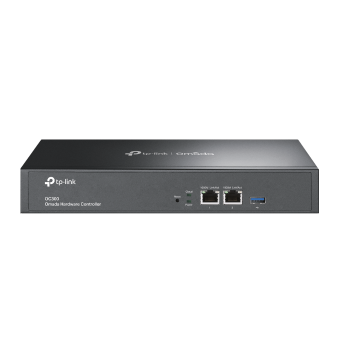
1.0_normal_1592202397383a.png)
